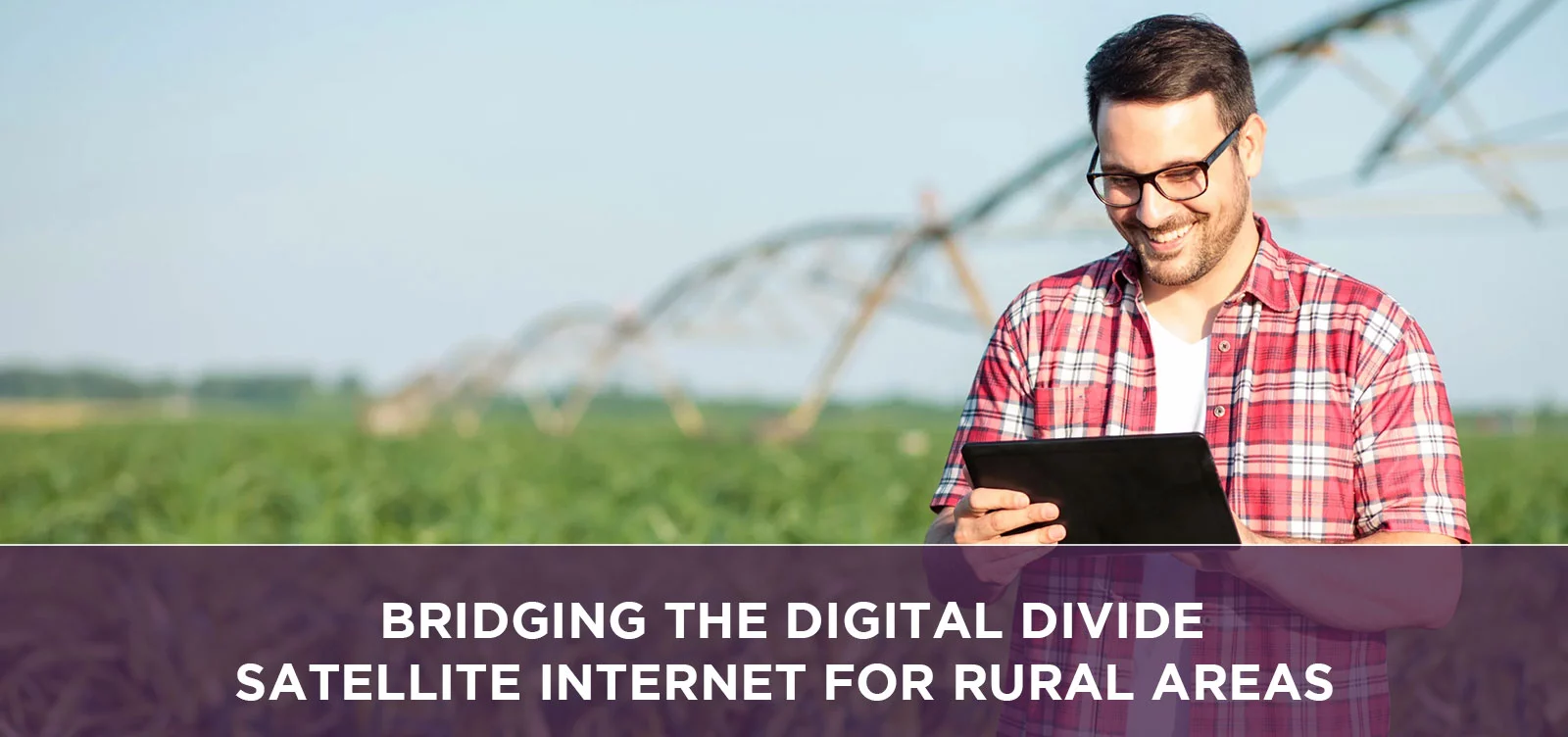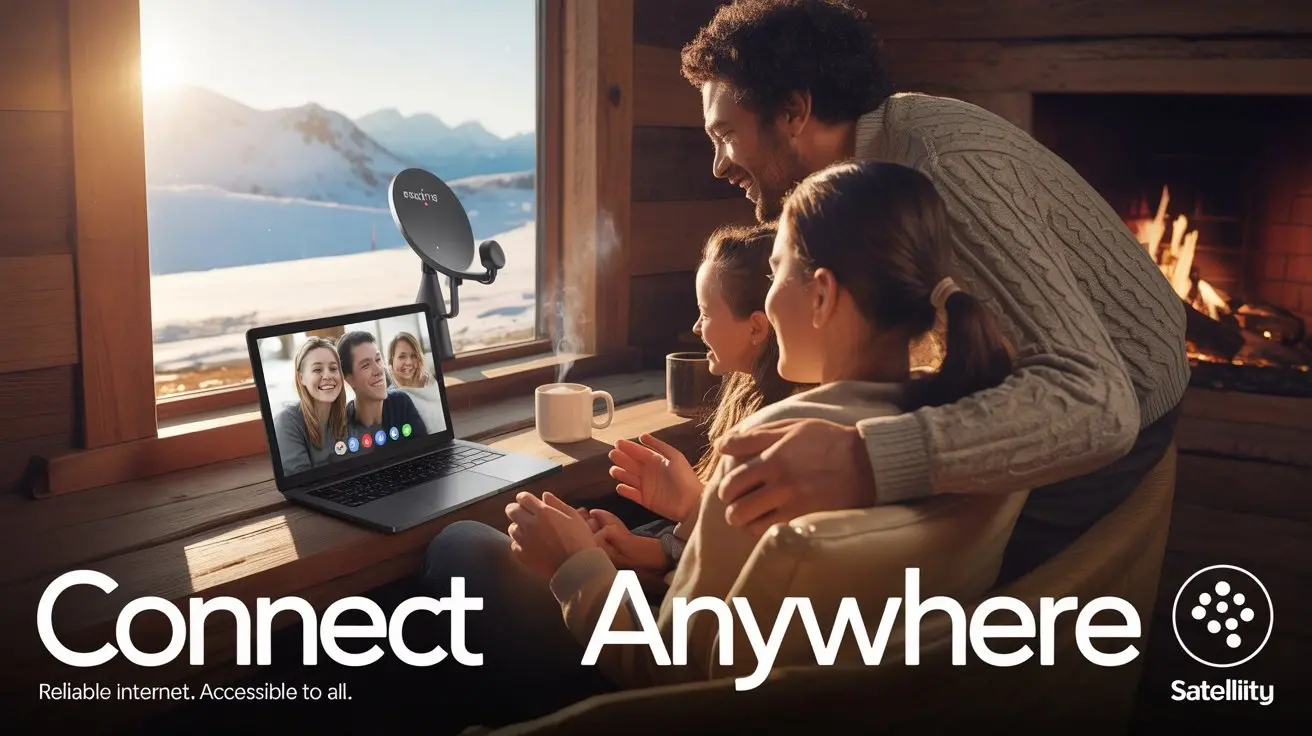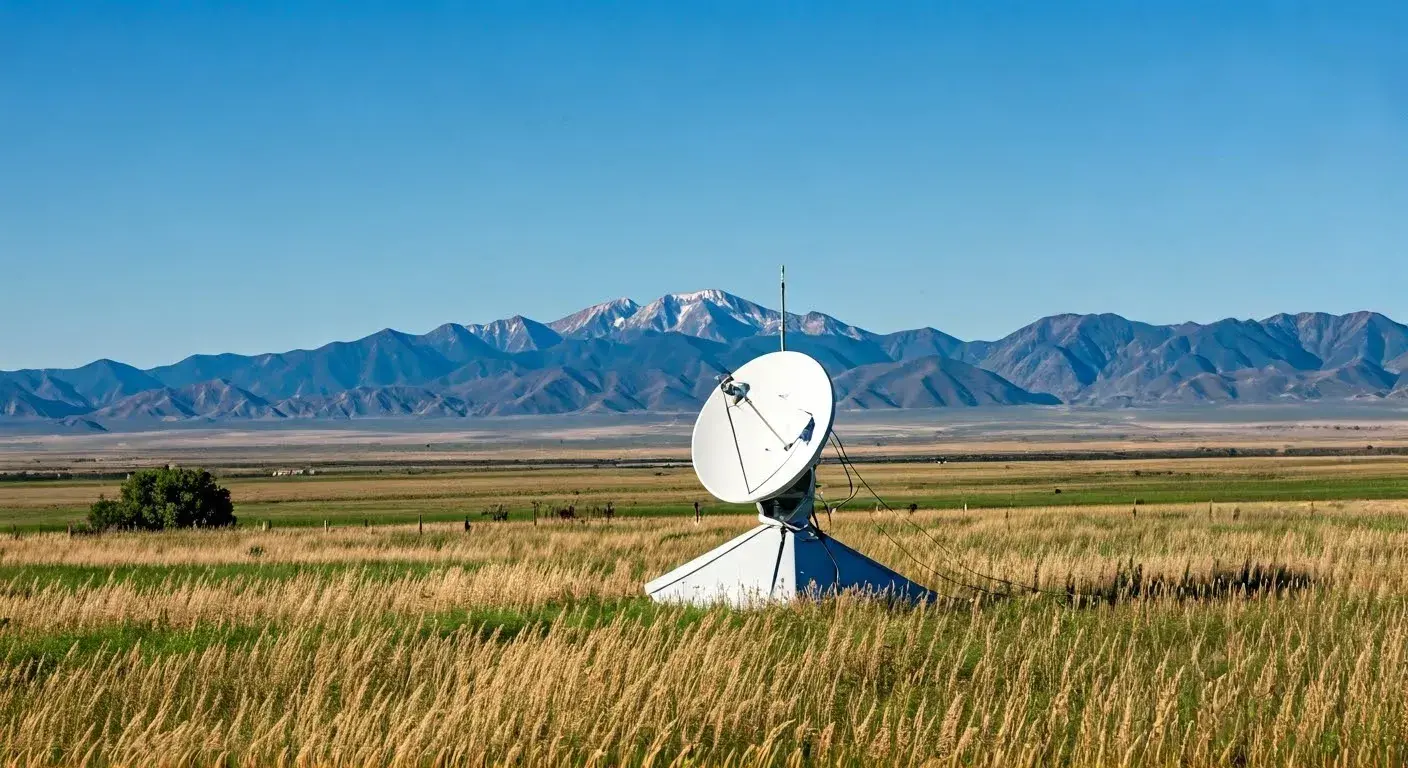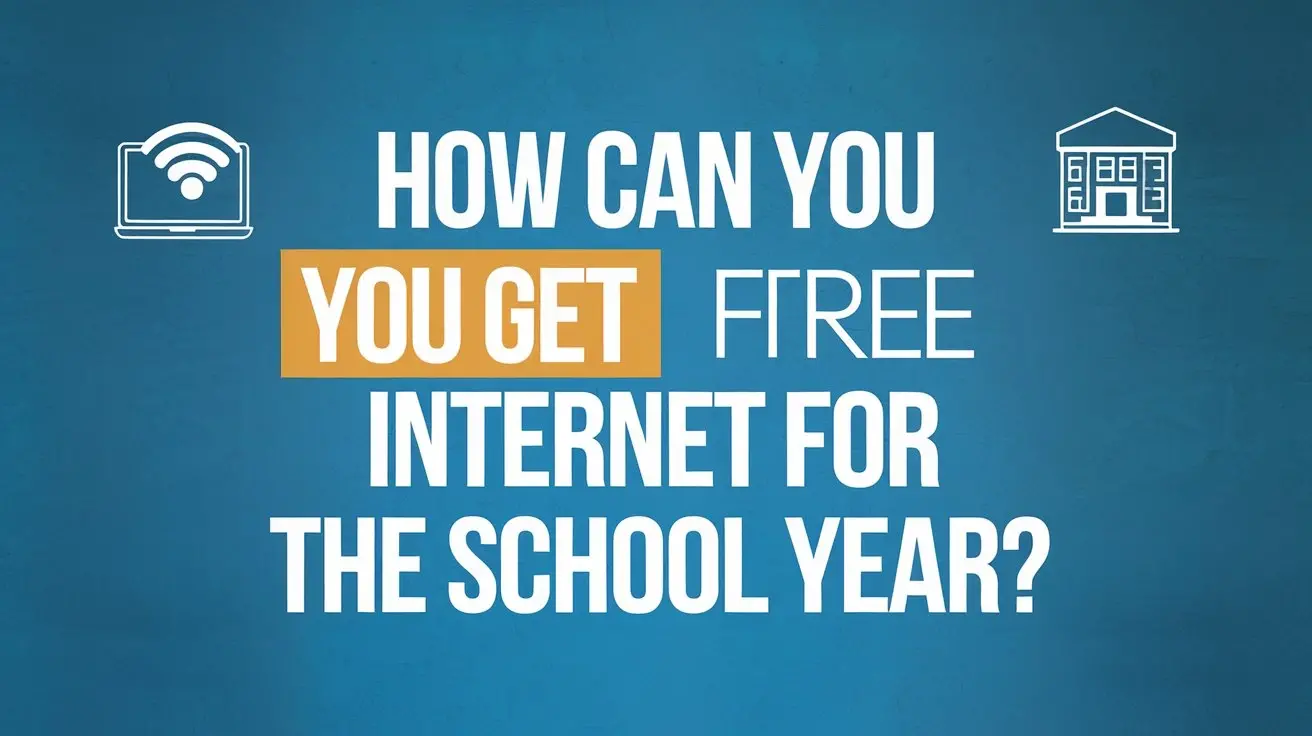
In the modern world, high-speed internet has become a need, but sadly not everyone has the luxury of being connected. One major obstacle still separating urban from rural areas is the digital divide, which keeps those living in distant places from having the same access to resources and possibilities as those in more populous areas. Still, new developments in satellite internet solutions could be the key to closing this gap. We will investigate in this blog article how satellite internet may provide a dependable, reasonably priced, and quick fix for linking remote communities and removing obstacles to the digital world.
The digital divide and its impact on rural areas
Have you given any thought to how much your life may change depending on your internet access? From learning facts and skills for both personal and professional development to keeping current events updated, the internet offers major benefits. Sadly, not everyone has equal chances to enjoy these advantages. The digital divide is the discrepancy between people with and without access to digital technology. This difference is especially apparent in rural regions where poor internet connection and little technology knowledge abound. The effect of the digital divide on rural regions will be discussed in this paper along with elements like social mobility, economic development, and educational possibilities. We will also look at possible ways to close this disparity and create a society more fair.
Understanding satellite Internet technology
Living in rural locations often means few internet alternatives, which may be annoying in a society when being connected to the World Wide Web is becoming more and more vital. Fortunately, satellite internet is starting to appeal as it provides a consistent connection wherever you reside. But have you ever given this technology any thought? We'll explore the nuances of satellite internet technology in this blog article so you can better grasp how it might meet your online demands.
Benefits of Satellite Internet for Rural Areas
For rural communities, satellite internet is a game-changer as it gives those who live far-off access to fast internet they may not otherwise have. Following are some advantages of satellite internet for remote communities:
- Links Remote Areas Globally
The ability of satellite internet to link far-off regions of the globe is among its most important advantages. Conventional internet sources, whether cable or fiber, can need infrastructure already in existence. For those living in remote locations, satellite internet access is perfect as it only takes a modest satellite dish and modem to get going.
- offers rapid internet access.
For individuals living in remote places, satellite internet offers high-speed internet connection even if it may not be as quick as some other forms of internet. This can make a difference. In certain situations, satellite internet may provide download and upload rates of up to 100 Mbps, which makes it a good fit for streaming, video conferences, and other bandwidth-intensive uses.
- Overcomes Geographical Restraints
For conventional internet providers, rural places with steep gorges or densely forested areas might be difficult to serve. Satellite internet, on the other hand, may provide those living in these places high-speed access across geographical restrictions.
- More Reasonably Cost than Projects for Infrastructure
Establishing cable connections for every house on Earth would run billions of dollars. Ideally suited for providing internet connection to remote and hard-to-reach locations, satellite internet connectivity is less costly than constructing millions of kilometers of fiber optic cable. For remote communities, satellite internet's price appeals as a solution.
- Perfect for developing countries
For underdeveloped countries that may lack the infrastructure to manage conventional kinds of internet, satellite internet is a perfect answer. By giving rural locations high-speed internet access, satellite internet may help to close the digital divide and link people to the globe.
- No Extra Equipment Needed
Generally speaking, satellite internet service only needs a tiny satellite dish and modem, which a qualified technician may readily install. For remote regions where conventional internet connections might be expensive and time-consuming, its low setup need makes it a perfect choice.
Choosing the Right Satellite Internet Provider
- Decide on Your Needs: Evaluate your internet demands before selecting a satellite internet service. Think about your monthly data use, the internet-based activity you engage in, and the required speed. This will enable you to create a budget- and need-fitting strategy.
- Research Sources in Your Area: Your location will affect the satellite internet coverage. Once you have a list, investigate everyone carefully to evaluate customer ratings, pricing, and plans.
- Think about speed and data cap: Satellite internet providers may provide up to 300 Mbps. Still, be advised that these rates could change with the season. Furthermore included with satellite internet are data limits ranging from 15 GB to 1 TB. While some carriers provide limitless data, reduced speeds after a specified use might be offered.
- To choose the most reasonably priced solution for your internet requirements, compare the rates and plans of many satellite internet companies. Make sure you search for discounts or special rates offered by certain providers for newly acquired clients.
- Analyze Customer Support: Should any technical problems or inquiries arise, dependable customer support staff is crucial. Search for suppliers with high standards of customer service that include 24/7 availability and many contact choices like phone, email, or chat.
- Look for Installation and Equipment Expenses: Certain satellite internet providers might have quite expensive equipment and installation expenses. Make sure your choice considers these expenses.
- Should satellite internet not appear to be the best match for you, take into account other choices like DSL, cable, or fiber internet. Depending on where you reside, they can provide a quicker and more reasonably priced alternative even if they might not be accessible everywhere.
Tips for Optimizing Satellite Internet Performance
For many people living in remote locations without access to DSL, fiber, or cable internet providers, satellite internet service is their only choice. Satellite internet may be sluggish, too, and one of the most often occurring reasons is exceeding data allotments. Customers may buy more data as required to prevent this, however this may be costly. The best course of action is to get a generous data plan and maintain low data consumption—that is, by cutting video streaming. If you run out of data every month, upgrading to a bigger data plan may also help. Latency with satellite internet is another issue that may make real-time application usage challenging. Customers may reduce the distance between the modem and router and make sure physical objects are not obstructing performance optimization. For quicker speeds and more network security, they could also consider satellite bonding with SD-WAN routers. Although satellite internet may not be the quickest choice, in places without alternative internet providers it is still a dependable means of keeping connected.
Future developments in bridging the digital divide
Ensuring that everyone has equitable access to the possibilities that accompany digital connectivity—including education, employment, and economic development—means bridging the digital gap. Over half of the world's population, according to the World Economic Forum and the UN, is still offline; even in affluent nations like the US, millions of pupils lack home access to the internet. With an aim of 75% of the global population linked by 2025, initiatives are underway to link more people via cable or wireless internet. Governments, the business sector, and each other must cooperate to guarantee that every person has the tools and knowledge required to engage in the digital revolution, thus fully benefiting from it. Enabled technologies such as IoT, artificial intelligence, and 5G will drive this breakthrough—the fourth industrial revolution. Some individuals, meanwhile, may suffer from this digital revolution; up to 14% of workers 2 will have to change careers or acquire new skills because of automation and artificial intelligence. This is hence why nations should create national future-of-work initiatives and make training and education generally accessible to under-educated and under-skilled individuals. The public and commercial sectors have to cooperate in determining the required knowledge and abilities for the future workforce and building new kinds of learning environments. A fairer future where everyone has access to the skills and resources they need for success depends on closing the digital gap at last.
Conclusion
Ultimately, satellite internet is becoming a workable means of closing the digital gap for rural communities. For high-speed internet connection, satellite internet offers a consistent and reasonably priced substitute for conventional broadband and cable services, which are often absent in rural and distant places. Through funding research and development as well as supporting businesses providing satellite internet services, private investors are significantly helping to increase access to this technology. By suggesting changes to the E-rate program, which would enable remote schools and libraries to gain high-speed internet access and maintain American education competitively throughout the country, the Federal Communications Commission is also closing the rural-urban gap. By introducing high-speed broadband to remote locations, satellite internet can generate new business possibilities, boost economic development, and offer access to the same resources and chances as people living in more populous areas. Satellite internet will remain a crucial means of bridging the digital gap for rural places as technology develops.
Call (855) 212-8877 to get a free consultation now!





